Home>diy>Building & Construction>How Drones Are Used In Construction


Building & Construction
How Drones Are Used In Construction
Modified: October 18, 2024
Discover how building-construction is revolutionized with the use of drones in the construction industry. Enhance efficiency, accuracy, and safety in surveying, inspections, and monitoring.
(Many of the links in this article redirect to a specific reviewed product. Your purchase of these products through affiliate links helps to generate commission for Storables.com, at no extra cost. Learn more)
Introduction
Welcome to the world of construction, where innovation and technology are constantly transforming the way buildings are designed, constructed, and managed. One such technological advancement that has revolutionized the construction industry is the use of drones. These unmanned aerial vehicles (UAVs) have quickly become indispensable tools for construction companies, offering a wide range of applications that improve efficiency, safety, and productivity.
In the past, construction monitoring, surveying, and inspections required significant time, manpower, and resources. However, with the integration of drones, these tasks can now be accomplished more quickly and accurately. Drones equipped with high-resolution cameras and sensors can capture aerial imagery, create 3D models, and collect data, providing valuable insights for project planning and execution.
In this article, we will explore how drones are used in construction and highlight the numerous benefits they bring to the industry.
Key Takeaways:
- Drones in construction revolutionize site monitoring, safety inspections, and progress tracking. They offer high-resolution imagery, real-time data, and enhanced safety, improving efficiency and project management.
- Drones streamline site planning, material delivery, and maintenance activities in construction. They provide accurate mapping, efficient material transport, and detailed inspections, resulting in cost savings and improved safety.
Read more: How Is Concrete Used In Construction
Monitoring and Surveying
Drones have become an invaluable asset for monitoring and surveying construction sites. Traditional methods of site inspection involved manual labor and reliance on ground-based equipment, which often resulted in time-consuming and potentially hazardous processes.
With the use of drones, construction companies can now easily obtain high-resolution aerial imagery and topographic data of the site. This data can be used for accurate land surveying, contour mapping, and identification of potential construction issues. Drones equipped with LiDAR (Light Detection and Ranging) technology can even gather detailed information on terrain, vegetation, and structures, providing a comprehensive view of the site.
Construction companies can also use drones to monitor and document the progress of projects. By capturing regular aerial images or videos, stakeholders can easily track construction milestones, identify discrepancies, and make timely decisions. This real-time monitoring not only improves transparency and accountability but also helps in resolving any issues promptly.
Moreover, drones equipped with thermal imaging cameras can detect temperature variations, identifying potential leaks, insulation problems, or electrical issues. This capability enables construction companies to address these concerns promptly, minimizing any potential risks.
The use of drones in monitoring and surveying not only saves time and resources but also enhances safety. By eliminating the need for workers to physically inspect hazardous areas, such as rooftops or tall structures, drones reduce the risk of accidents and injuries.
Safety Inspections
Safety is of utmost importance in the construction industry, and drones have proven to be powerful tools for conducting safety inspections. Drones can access hard-to-reach or dangerous areas of a construction site without putting workers at risk.
Equipped with high-definition cameras, drones can capture detailed visuals of structures, scaffolding, and equipment. This allows safety inspectors to identify any potential hazards, such as structural weaknesses, unstable scaffolding, or equipment malfunction, in real-time.
Drones can also be used to assess the condition of roofs, facades, and other elevated structures. By conducting aerial inspections, construction companies can quickly identify any signs of deterioration, corrosion, or damage, allowing for prompt repairs or maintenance.
Furthermore, drones equipped with gas detectors and air quality sensors can monitor potentially hazardous conditions, such as gas leaks or the presence of harmful substances. This early detection capability ensures that proper measures are taken to mitigate risks and maintain a safe working environment for construction workers.
Using drones for safety inspections not only enhances worker safety but also improves efficiency. Traditional safety inspections often required labor-intensive tasks such as scaffolding erection or rope access techniques. Drones eliminate the need for these time-consuming and costly methods, allowing safety inspections to be conducted swiftly and accurately.
By integrating drones into safety inspection protocols, construction companies can proactively identify and address potential safety issues, ensuring the well-being of their workforce and minimizing the risk of accidents on site.
Site Planning and Design
When it comes to site planning and design, drones are a game-changer in the construction industry. They offer a bird’s-eye view of the construction site, providing valuable information that aids in the planning and design process.
Drones equipped with high-resolution cameras and sensors can capture accurate topographic data, allowing architects and engineers to create detailed 3D models of the site. These models provide valuable insights into the terrain, slopes, and existing structures, enabling them to make informed decisions about site layout, building placement, and infrastructure design.
Construction companies can also use drones for aerial mapping and photogrammetry. By capturing aerial images at regular intervals, drones can create orthomosaic maps, which are high-resolution maps that accurately depict the site’s geometry and features. These maps are incredibly useful for site analysis, volume calculations, and determining optimal routes for heavy machinery and equipment.
Drones can also assist in the design phase by providing visualizations and virtual tours. Architects and clients can get a realistic perspective of how the final structure will look in its surroundings, allowing them to make adjustments or improvements before construction begins.
Furthermore, drones can be used to identify any potential obstacles or challenges in the construction site. By conducting aerial surveys, construction companies can analyze trees, power lines, or other structures that may hinder the construction process. This insight enables them to plan and make necessary accommodations to ensure smooth construction operations.
Incorporating drones in site planning and design offers numerous benefits, including improved accuracy, cost savings, and enhanced decision-making. The ability to obtain detailed and up-to-date information about the site empowers construction professionals to optimize their design and construction strategies, resulting in more efficient and successful projects.
Progress Tracking
Tracking the progress of a construction project is crucial for ensuring timely completion and efficient resource management. Drones have emerged as a valuable tool for monitoring and documenting the progress of construction sites.
Equipped with high-resolution cameras and GPS technology, drones can capture detailed aerial images or videos of the construction site at regular intervals. This allows project managers and stakeholders to visually track and analyze the progress of different phases of the project.
By comparing the captured aerial data with the project timeline and schedule, construction professionals can easily identify any delays, deviations, or bottlenecks. This real-time monitoring enables them to take proactive measures, such as reallocating resources or adjusting the construction plan, to ensure project timelines are met.
Drone technology also allows for the creation of time-lapse videos, which visualize the entire construction process from start to finish. These videos provide an informative and engaging way to showcase the progress of the project to clients, investors, or other stakeholders.
Additionally, drones can be employed for capturing data on material stockpiles and inventory. By conducting regular aerial surveys, construction companies can accurately measure and track the quantity of building materials, ensuring efficient management and timely procurement.
Overall, the use of drones for progress tracking gives construction professionals a comprehensive and real-time view of the construction site. This improves project management, facilitates effective decision-making, and helps in maintaining accountability and transparency with all stakeholders involved.
Read more: How To Use A Benchmark In Construction
Construction Documentation
Proper documentation is essential in the construction industry to ensure compliance, track project milestones, and provide a record of the construction process. Drones have simplified and streamlined the process of construction documentation, making it more accurate and efficient.
Drones equipped with high-resolution cameras can capture detailed photos and videos of the construction site. These images serve as visual evidence of the site conditions before, during, and after construction. They can be used for documentation purposes, including tracking progress, recording changes, and resolving potential disputes.
Construction companies can also use drones to create interactive 3D models of the site. These models offer a digital representation of the construction project, allowing stakeholders to explore and analyze the site without physically being present. This digital documentation can be invaluable for future reference, maintenance, or renovations.
Furthermore, drones can be used to conduct inspections and assessments for quality control. They can capture high-resolution images of structures, equipment, and installations, allowing construction professionals to identify any defects or issues. This documentation aids in ensuring that the construction complies with safety standards, building codes, and regulations.
In complex construction projects, drones can be employed to capture aerial footage and produce informative videos, such as instructional guides, safety protocols, or project summaries. These videos can be shared with the construction team, contractors, or clients, serving as valuable resources for training, communication, and marketing purposes.
By utilizing drones for construction documentation, companies can establish a comprehensive and easily accessible record of the project. This not only helps in maintaining compliance but also facilitates efficient collaboration, decision-making, and analysis throughout the entire construction process.
When using drones in construction, make sure to comply with local regulations and obtain necessary permits before flying. This will help avoid legal issues and ensure safe and responsible operation.
Thermal Imaging
Thermal imaging technology has become increasingly popular in the construction industry, and drones have made it easier and more accessible to perform thermal inspections of construction sites and buildings. Thermal imaging cameras mounted on drones can detect variations in temperature, allowing for the identification of potential issues that might not be visible to the naked eye.
Thermal imaging can be used to assess a wide range of components, including insulation effectiveness, electrical systems, HVAC systems, and more. By identifying areas with temperature anomalies, construction professionals can pinpoint energy losses, identify electrical problems, or detect water leaks.
For example, during the construction process, thermal imaging can be used to verify the effectiveness of insulation installation. Drones equipped with thermal cameras can quickly and accurately detect any gaps, voids, or areas with inadequate thermal insulation, allowing for timely corrections and improved energy efficiency.
Thermal imaging can also be significant in detecting electrical issues. By capturing thermal images of electrical systems, drones can identify hotspots that may be indicators of overheating or potential fire hazards. This early detection allows for preventive measures to be taken, reducing the risk of electrical malfunctions or accidents.
Furthermore, thermal imaging can aid in detecting water leaks or moisture intrusion. By scanning the building envelope or roof, drones can identify areas where there is excessive heat loss due to moisture infiltration. This identification enables quick repairs or remediation to prevent further damage and maintain the integrity of the structure.
The use of drones for thermal imaging inspections not only saves time but also improves safety. Traditionally, thermal inspections involved manual labor on ladders or scaffolding, increasing the risk of falls or accidents. Drones eliminate the need for workers to physically access hazardous areas, ensuring the safety of personnel while providing accurate and efficient inspections.
Overall, the integration of drones with thermal imaging technology enhances the quality of inspections in the construction industry. By identifying potential issues early on, construction professionals can take proactive measures to address them, improving energy efficiency, mitigating safety hazards, and ensuring the longevity of the building.
Material Delivery and Management
Efficient material delivery and management are essential for successful construction projects. Drones are increasingly being used to streamline these processes, enabling quicker and more accurate delivery of materials to construction sites.
Drones can be utilized to transport lightweight materials such as tools, small parts, or surveying equipment. They can quickly transport these items directly to the designated location on the construction site, eliminating the need for manual transportation or reliance on heavy machinery.
With drone delivery, construction companies can save time and reduce labor costs. Drones can navigate through complex or congested areas, delivering materials to hard-to-reach locations without the need for additional manpower. This efficiency improves productivity and minimizes delays in the construction schedule.
Moreover, drones can be equipped with RFID (Radio Frequency Identification) or GPS tracking systems, allowing for accurate and real-time monitoring of materials. This tracking capability helps in improving inventory management, preventing loss or theft, and ensuring a steady supply of materials throughout the project.
Construction companies can also use drones to conduct aerial inventory scans. By capturing high-resolution images or videos of stockpiles or storage areas, drones provide accurate data on the quantity and condition of materials. This information enables efficient procurement, reduces waste, and facilitates informed decision-making.
Using drones for material delivery and management also contributes to a more sustainable construction process. By reducing the need for traditional methods of material transportation, such as trucks or heavy machinery, drones help in minimizing carbon emissions and reducing the overall environmental impact of construction projects.
Incorporating drones in material delivery and management offers numerous benefits, including improved efficiency, better inventory control, and reduced labor costs. By leveraging drone technology, construction companies can optimize their material logistics, ensuring smooth operations and timely completion of projects.
Advertising and Marketing
Advertising and marketing play a crucial role in the success of any construction project or construction company. Drones have opened up new possibilities in this area, offering innovative and captivating ways to showcase projects and attract clients.
Drones equipped with high-resolution cameras can capture breathtaking aerial footage and images of completed construction projects. These visually stunning visuals provide a unique perspective of buildings, infrastructure, or landmarks, creating a strong visual impact on potential clients.
With the help of drones, construction companies can create compelling marketing videos or virtual tours. These videos can showcase the entire project, demonstrate its features, highlight architectural details, and depict the surrounding environment. Such captivating footage helps in creating a strong marketing presence and generating interest among prospective clients.
In addition to promotional videos, drones can also be used in live events or presentations to provide captivating aerial views of ongoing construction projects. This immersive experience gives potential clients a real-time glimpse of the progress, design, and scale of the project, building excitement and confidence.
Drones are also valuable in capturing aerial photographs or videos for marketing collateral, including brochures, websites, or social media platforms. By showcasing the project from unique angles and perspectives, construction companies can differentiate themselves from competitors and grab the attention of potential clients.
Furthermore, drones can be used to conduct site surveys and create accurate 3D models. These models can serve as valuable marketing assets, allowing clients to explore the project virtually and visualize its potential, even before it is completed.
By incorporating drones into advertising and marketing strategies, construction companies can create a lasting impression, attract more clients, and stay ahead of the competition. Drones offer a dynamic and visually engaging way to showcase projects, making a strong impact in an industry where presentation and differentiation are key.
Read more: How Is Math Used In Construction
Maintenance and Repair
The use of drones in maintenance and repair activities has significantly impacted the construction industry, offering a safer, faster, and more cost-effective approach to inspecting and maintaining structures.
Drones equipped with high-resolution cameras and sensors can conduct detailed inspections of buildings, structures, or infrastructure, identifying any maintenance or repair needs. By capturing aerial footage or images, drones provide a comprehensive view, inspecting areas that are typically difficult to access or unsafe for manual inspections.
With the aid of thermal imaging cameras, drones can detect hidden issues like moisture infiltration, insulation problems, or electrical faults. These early detection capabilities allow construction professionals to address maintenance and repair needs promptly, preventing further damage and minimizing downtime.
In addition to inspections, drones can also aid in the maintenance process itself. They can carry lightweight tools or equipment to conduct small-scale repairs or maintenance tasks. For instance, drones can be used to apply sealants to roofs, replace damaged or broken components, or clean and maintain hard-to-reach areas of buildings.
Utilizing drones for maintenance and repair tasks not only saves time but also improves worker safety. Drones eliminate the need for workers to perform risky tasks at heights or in hazardous environments. This significantly reduces the risk of falls or accidents, ensuring the well-being of maintenance personnel.
Drones also contribute to cost savings in maintenance and repair operations. Drone inspections are quicker and more cost-effective than traditional methods, as they require fewer resources and less time. Additionally, by identifying maintenance needs early on and addressing them promptly, construction companies can avoid expensive repairs or prolonged downtime in the future.
Overall, the integration of drones in maintenance and repair activities enhances the efficiency, accuracy, and safety of the construction industry. Drones improve the ability to detect and address maintenance needs, prolong the lifespan of structures, and ensure the optimal functioning of buildings and infrastructure.
Conclusion
The use of drones in the construction industry has revolutionized how buildings are designed, constructed, and managed. Drones have proven to be invaluable tools, offering a wide range of applications that improve efficiency, safety, and productivity.
In monitoring and surveying, drones provide high-resolution imagery, 3D models, and accurate topographic data, enabling more accurate site analysis and planning. They also aid in safety inspections, allowing for remote access to hard-to-reach or hazardous areas, minimizing risks for workers.
Site planning and design benefit from the aerial perspective offered by drones. They provide detailed site mapping, visualizations, and virtual tours, aiding architects and engineers in making informed decisions and improving design strategies.
With progress tracking, drones capture aerial images and videos, enabling stakeholders to monitor construction milestones and identify any discrepancies, ensuring timely project completion. Additionally, drones streamline construction documentation, providing visual evidence, 3D models, and accurate inventories that aid in compliance, dispute resolution, and future maintenance.
Thermal imaging capabilities of drones allow for the detection of temperature variations, facilitating energy efficiency assessment, electrical inspections, and moisture detection. Drones also play a role in material delivery and management, enhancing efficiency, reducing labor costs, and aiding in inventory control.
Moreover, drones offer innovative avenues for advertising and marketing, with breathtaking aerial footage, virtual tours, and live presentations. In maintenance and repair, drones carry out detailed inspections, prompt repairs, and reduce risks for workers, resulting in cost savings and improved safety.
As drones continue to advance, their potential applications in the construction industry will only grow. The use of drones enhances construction processes, improves safety, increases efficiency, and reduces costs, ultimately benefiting construction companies, clients, and the overall industry.
In conclusion, the integration of drones in construction brings a new era of technological advancement and offers immense benefits for the industry, paving the way for a more innovative and efficient future in building construction.
Frequently Asked Questions about How Drones Are Used In Construction
Was this page helpful?
At Storables.com, we guarantee accurate and reliable information. Our content, validated by Expert Board Contributors, is crafted following stringent Editorial Policies. We're committed to providing you with well-researched, expert-backed insights for all your informational needs.

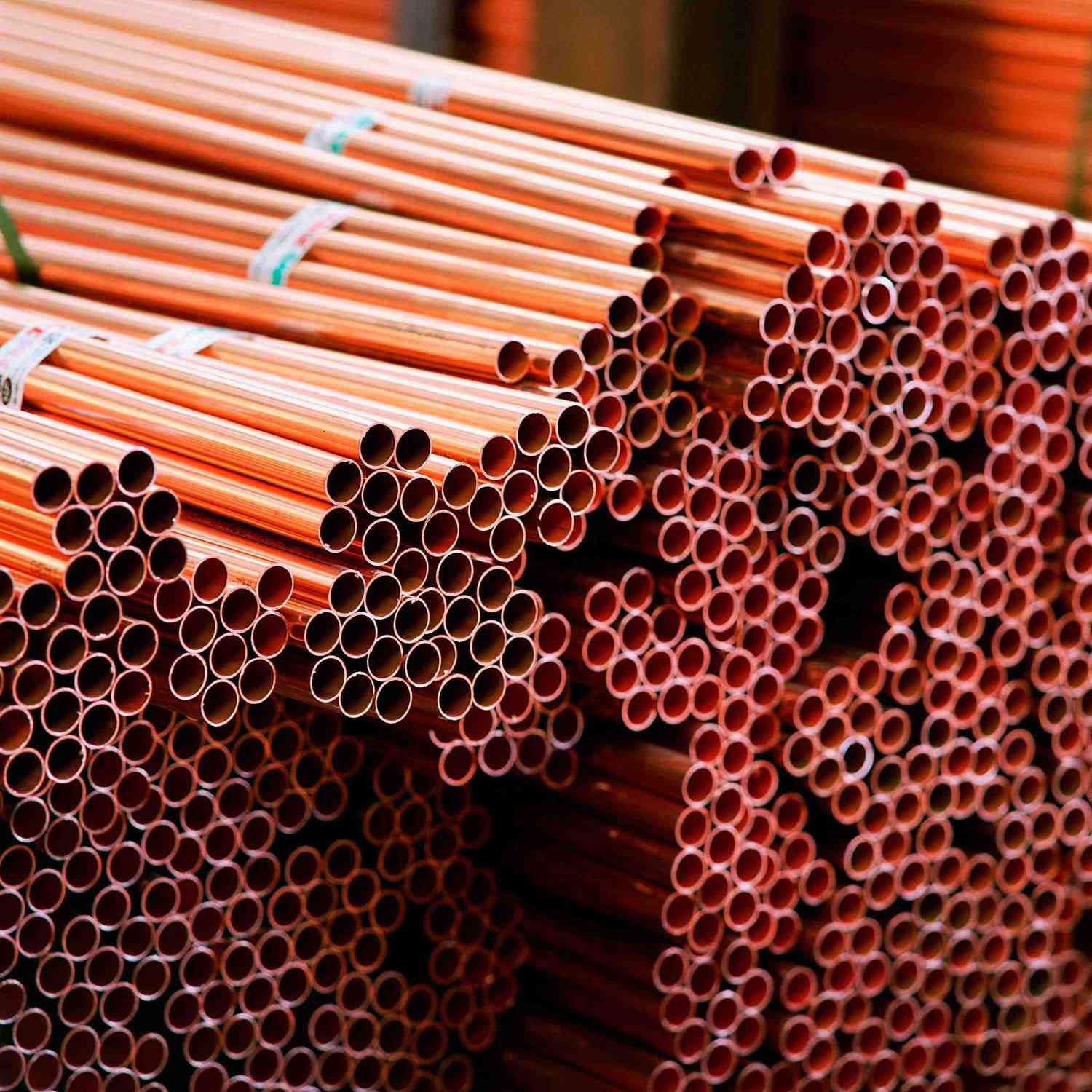

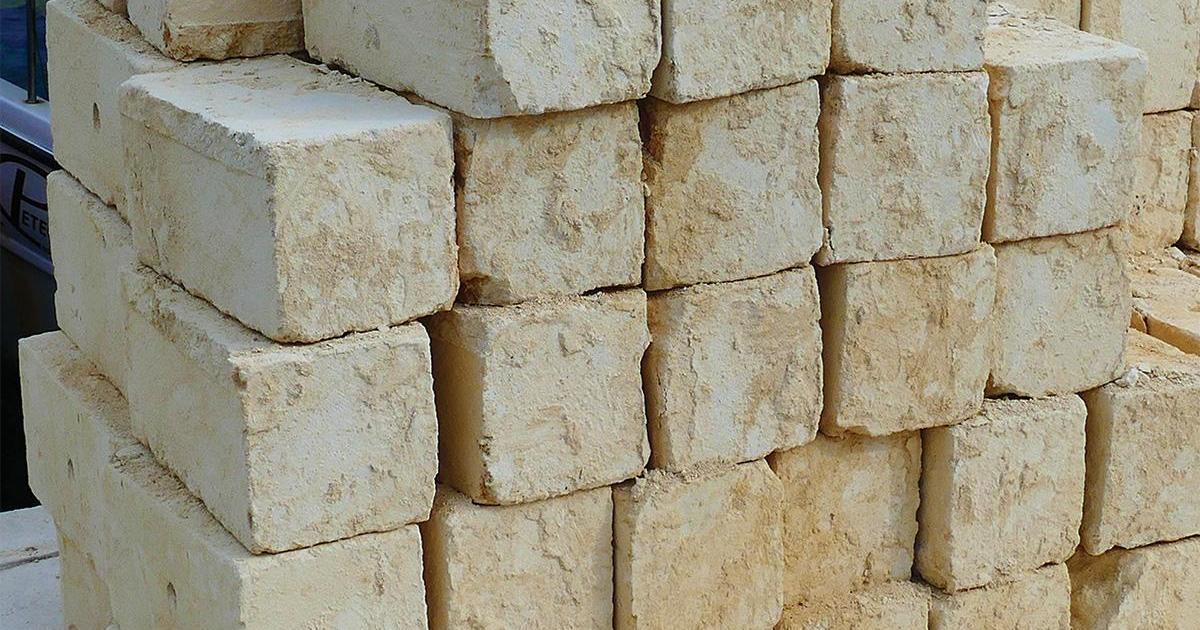
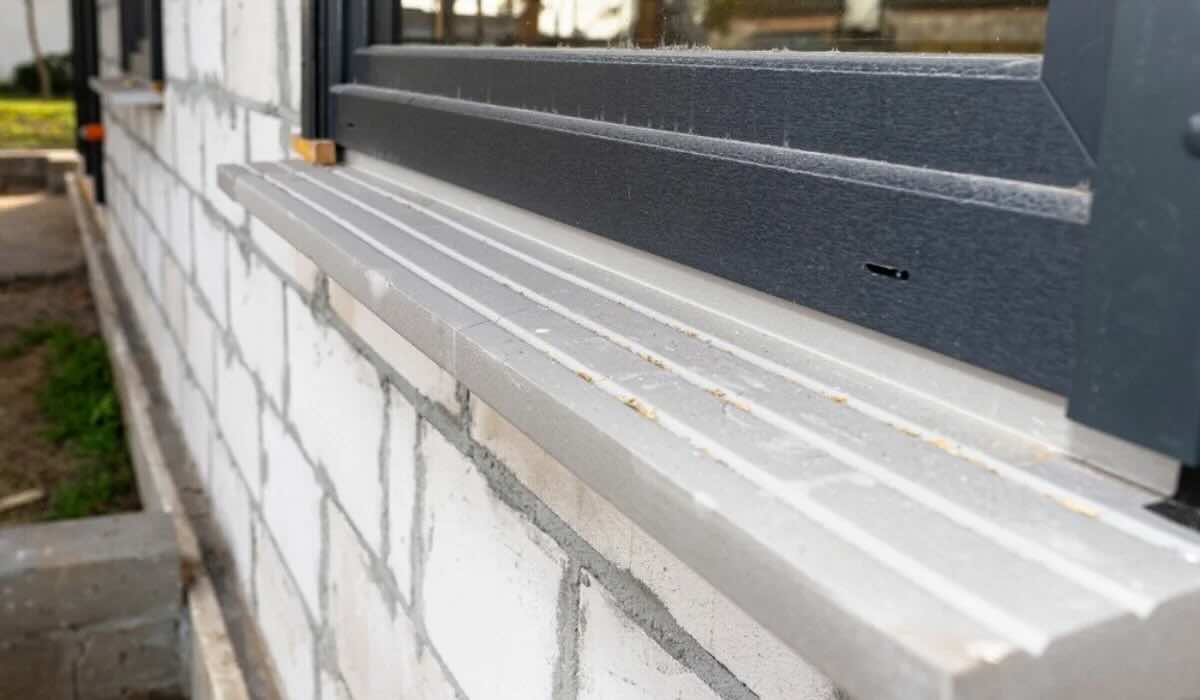
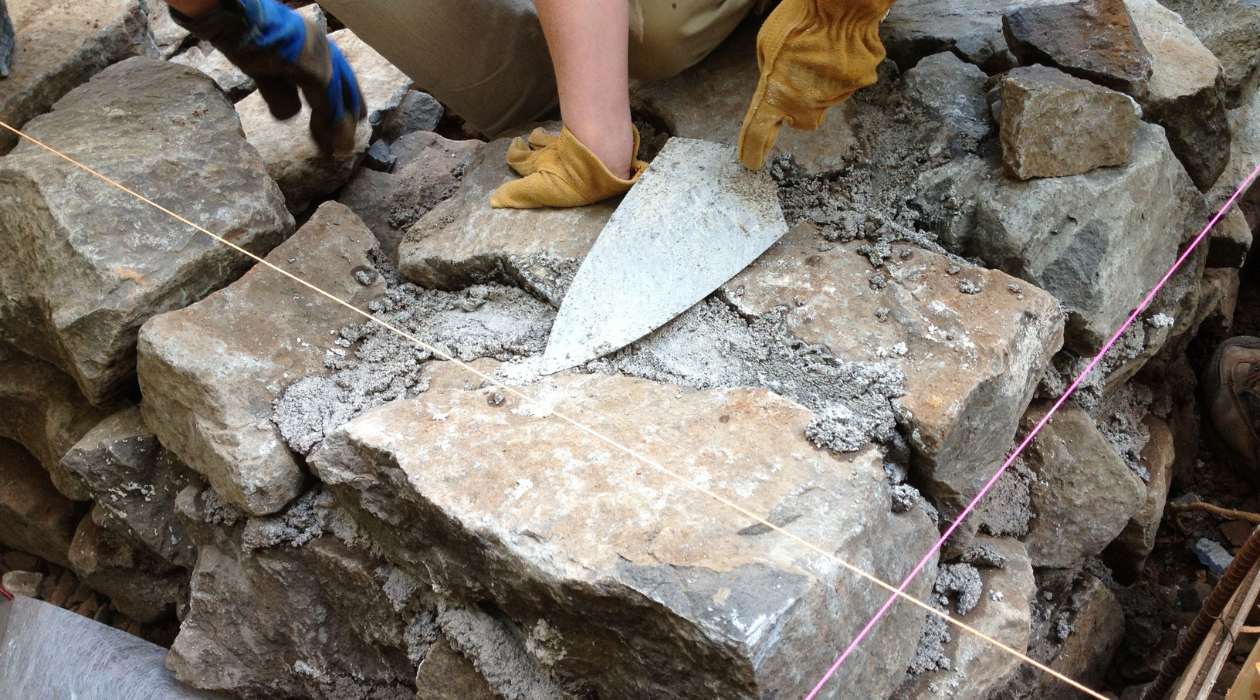
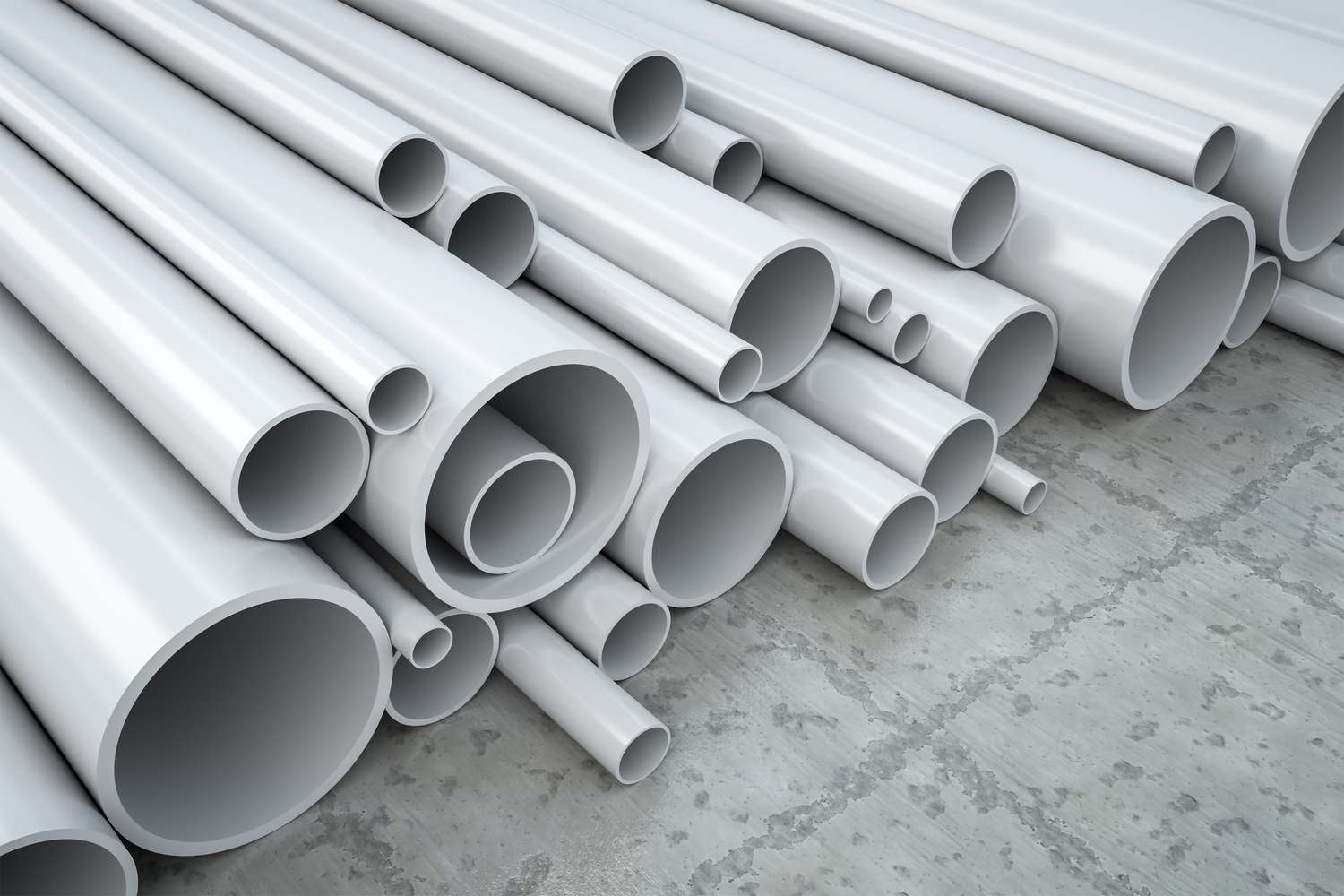
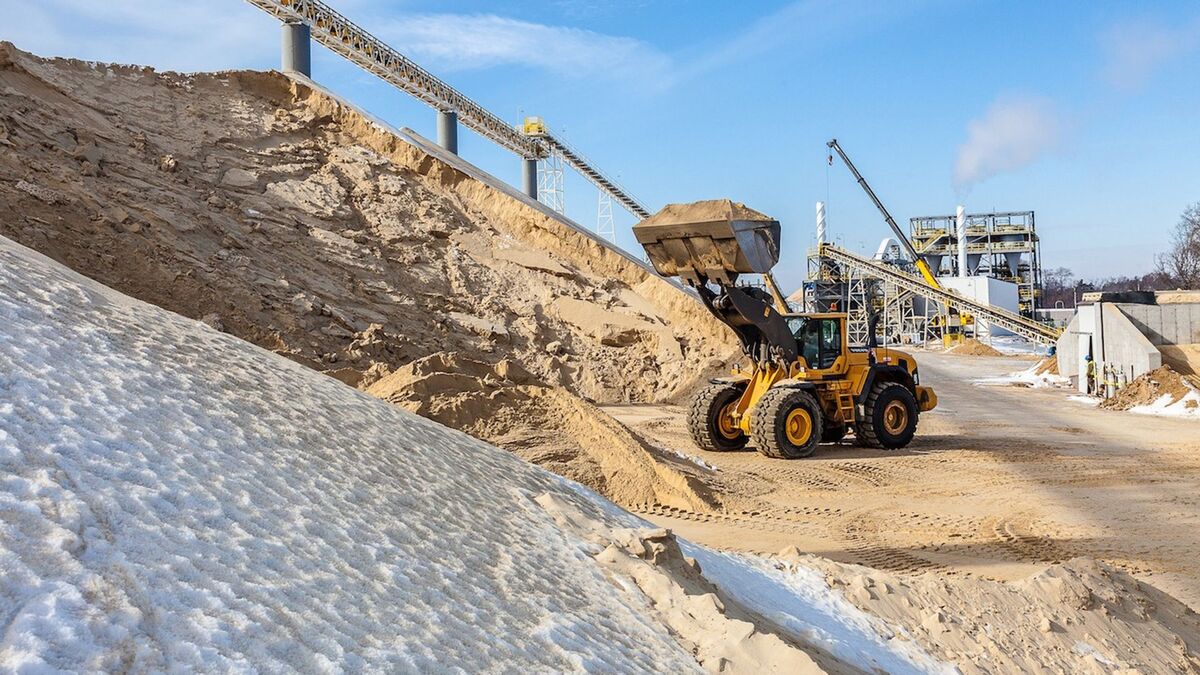
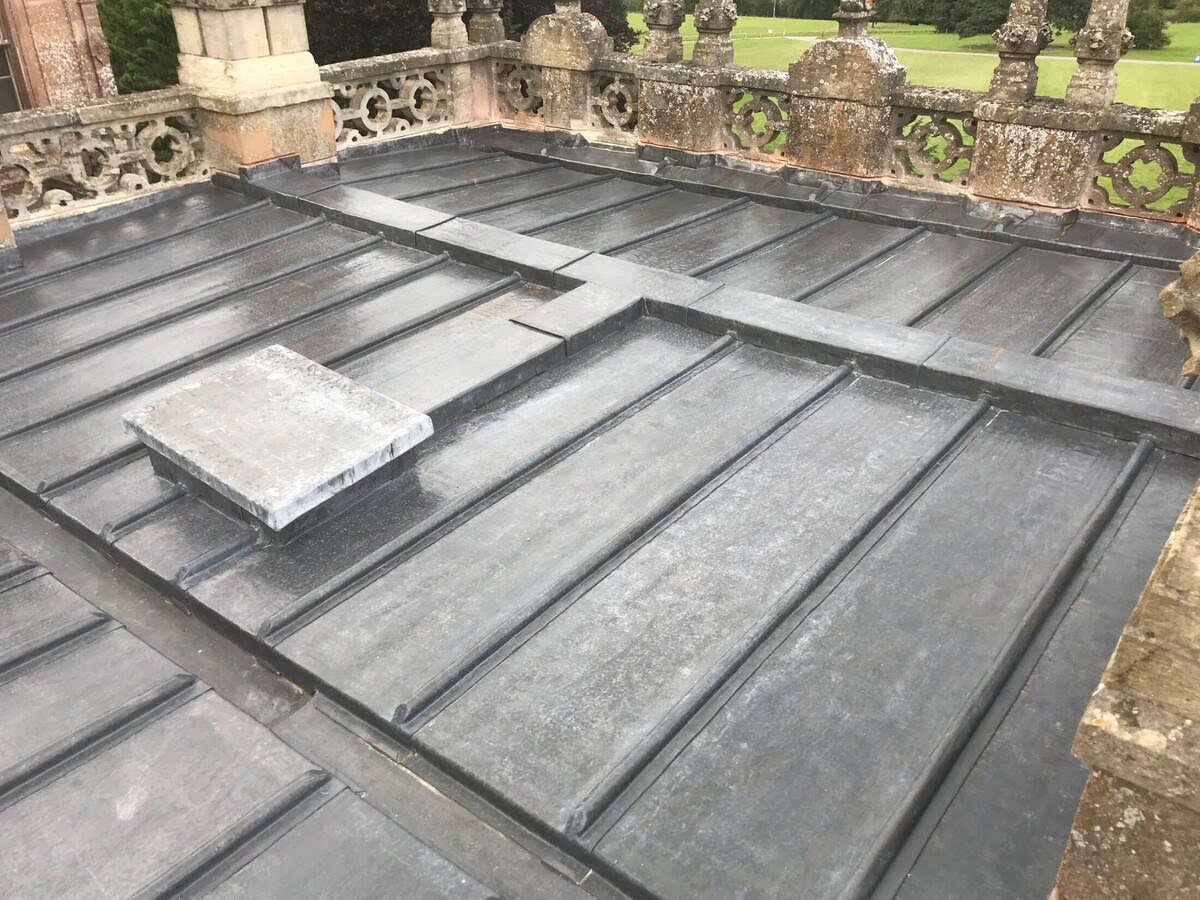
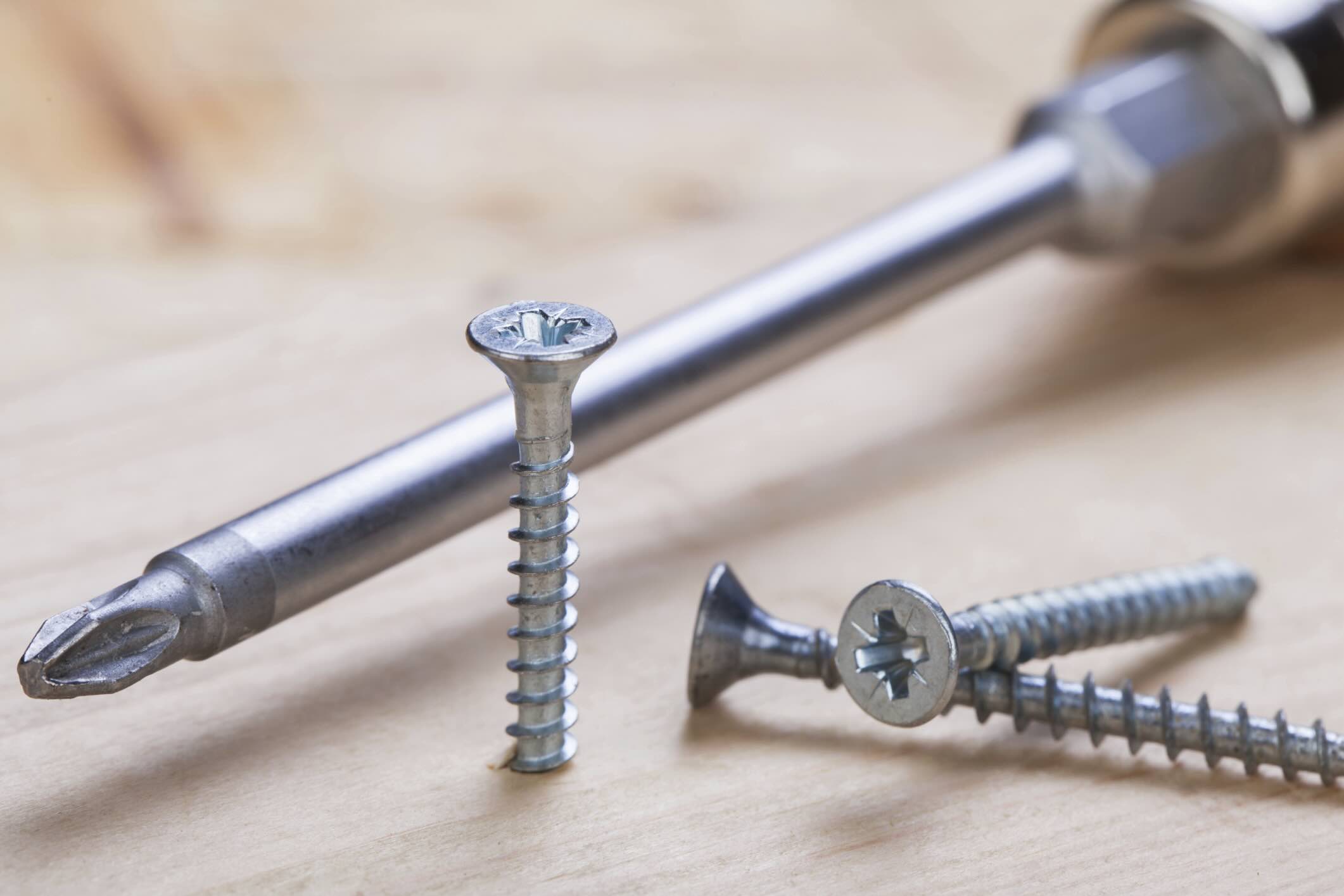
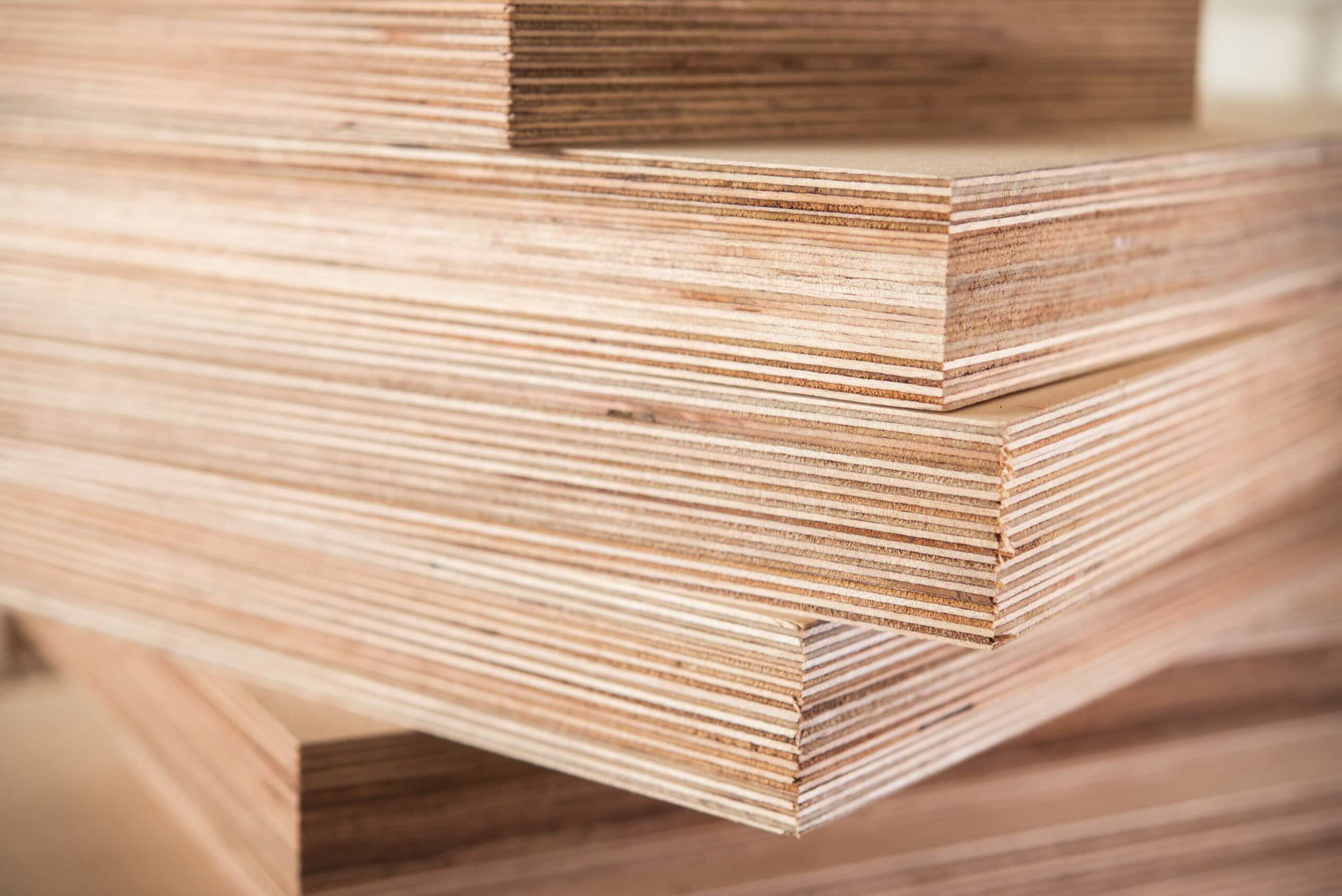
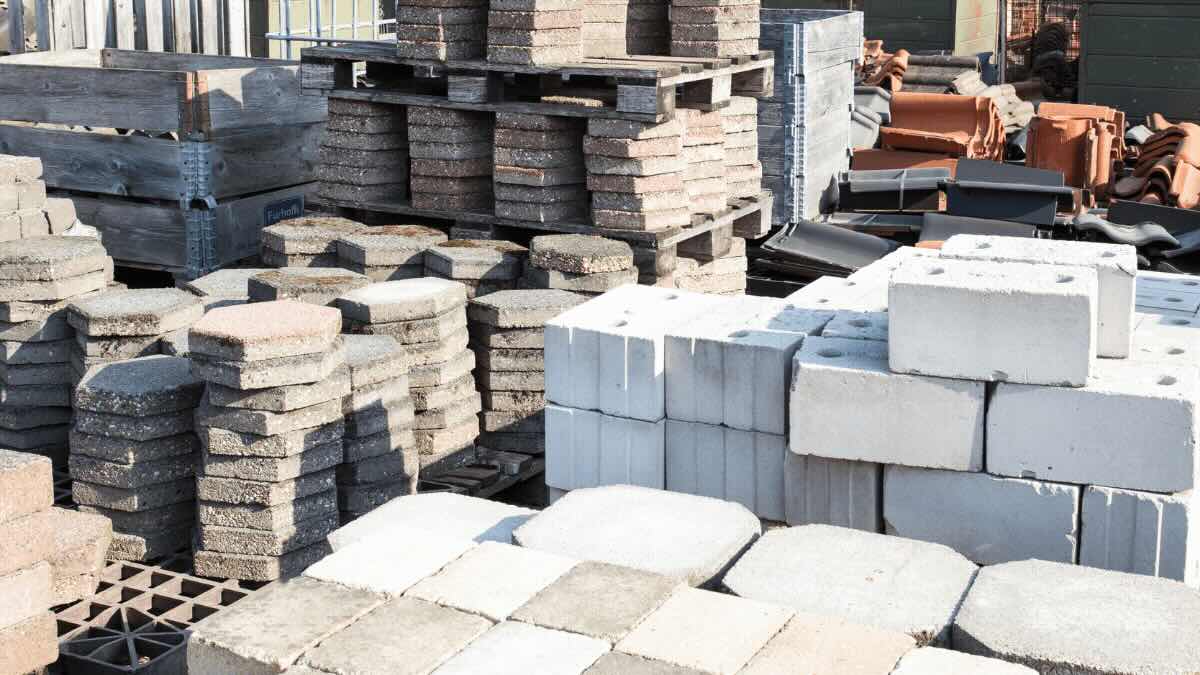
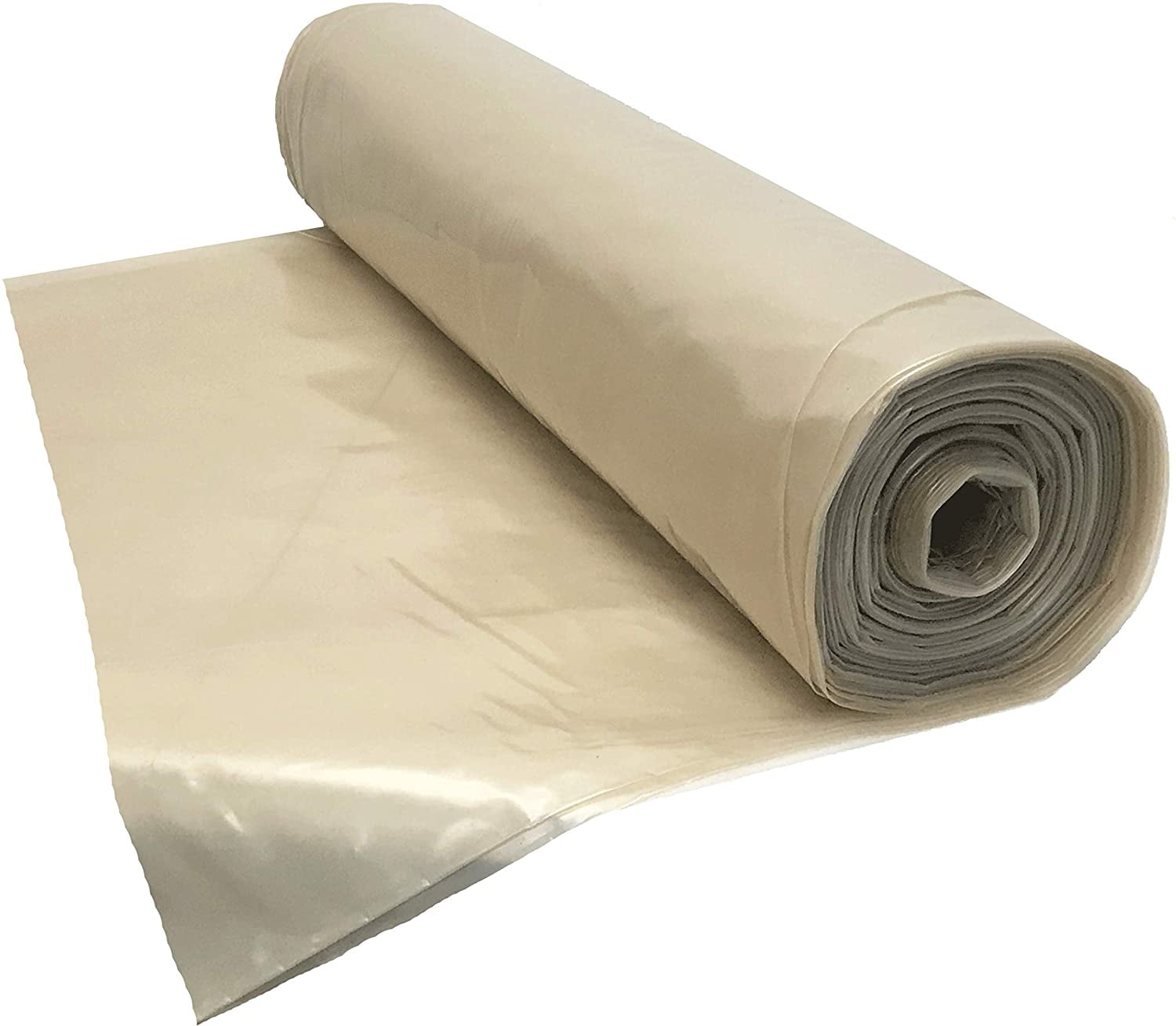

0 thoughts on “How Drones Are Used In Construction”